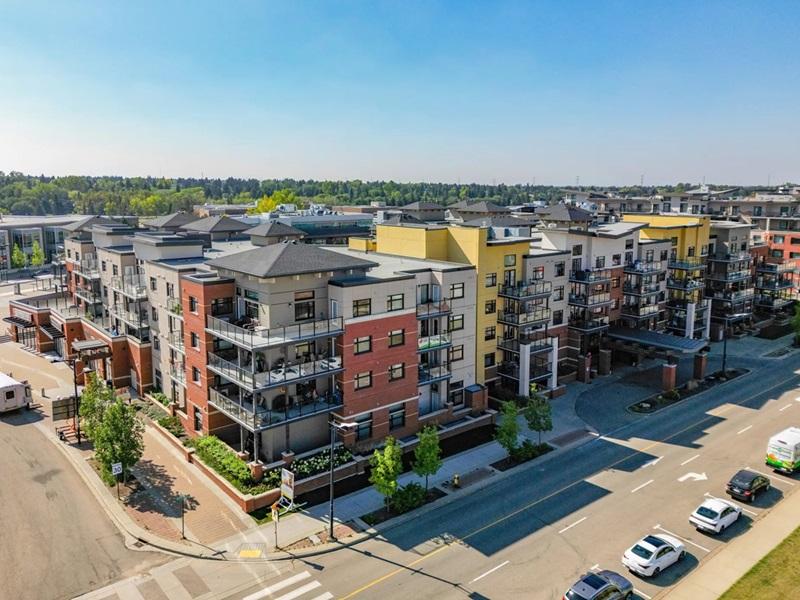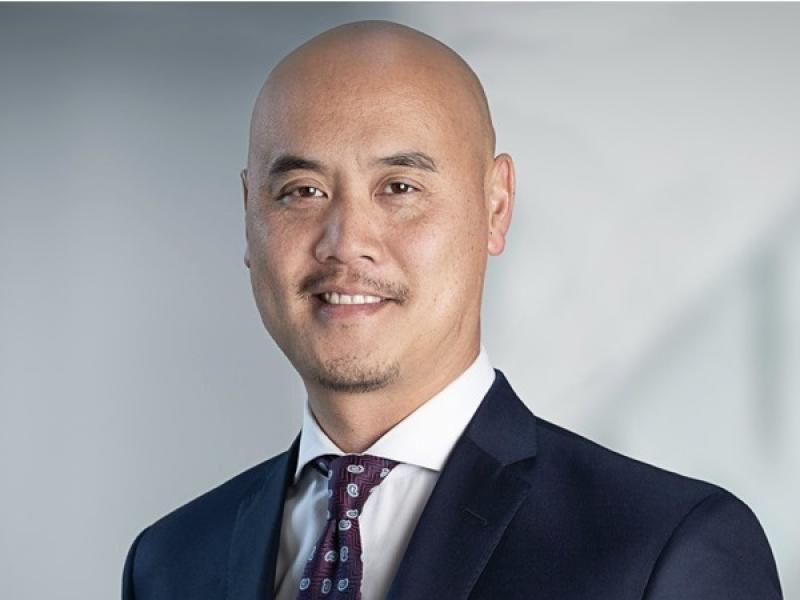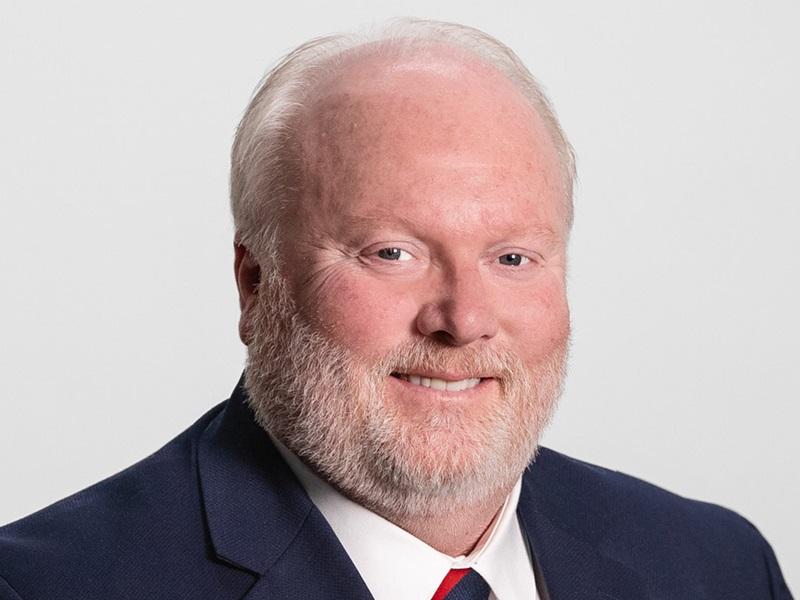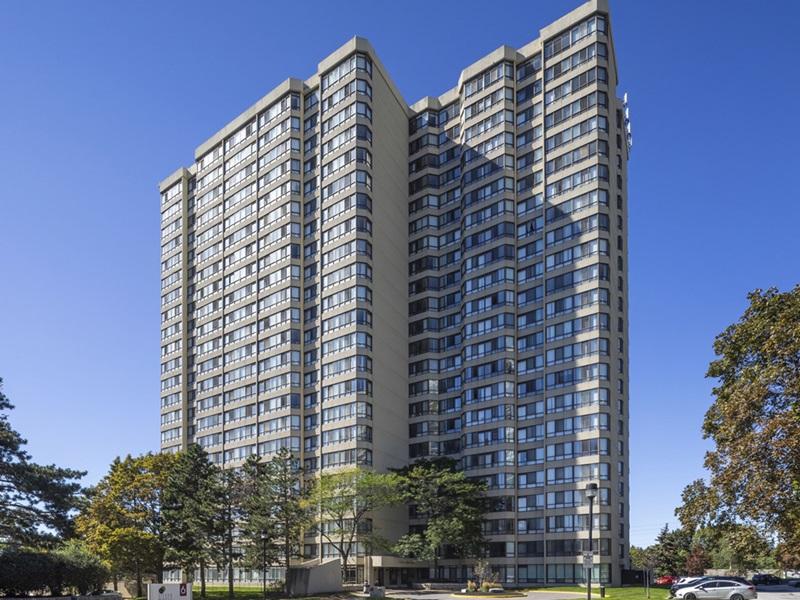
A Trez Capital equity fund is showing that U.S. Sunbelt states are popular as more than just tourist destinations for Canadian snowbirds.
The Trez Capital Private Real Estate Fund Trust (TPREF), which invests primarily in residential developments in Arizona, Florida and Texas, now has $210 million in assets under management and has generated a 15.42 per cent annualized return since its launch on Aug. 31, 2021.
Most of its investors are Canadians who contribute a minimum of $25,000 to buy into the fund.
“I really see growth in TPREF,” said Sam Salloway, managing director, head of equity at Trez Capital, who joined the company from Brookfield Asset Management in London about a year-and-a-half ago. “I see it becoming a real flagship and major fund for us.”
TPREF has a projected stabilized value of assets of more than $2 billion.
TPREF has long-term investment focus
The open-ended development fund has a long-term focus and banks on a shortage of rental units in the Sunbelt states, Salloway said. “We were seeing huge job growth, immigration, business-friendly states with lower tax regimes (and an) enterprise-friendly environment (in those states).”
In particular, Florida, Texas and Arizona are experiencing solid growth and migration from other states.
The fund targets housing and some self-storage, which Salloway said is linked closely to the residential sector.
Much of the housing in states such as Texas is built on bedrock, he explained, so residential developments do not have basements for storage. The fund holds more than 1,000 self-storage units around Austin, Dallas and San Antonio.
Aside from the self-storage units, “we’re developing class-A multifamily or high-quality, single-family homes for which there is a limited new supply,” he said. “That’s why we’re seeing such strong leasing and rental growth.”
Salloway said the average monthly mortgage cost for a single-family starter home in the U.S. is $800 more than the average rental cost for the same product.
“Renting still has a huge way to go to catch up to the cost of mortgages and the cost of owning.”
Developments in Phoenix, Dallas areas
Among its developments is Estrella Vista, a 25-home single-family for-rent project in the Phoenix area that reached stabilization in the third quarter.
The Ovilla, a 288-unit multifamily development in Red Oak, Texas - part of the Dallas-Fort Worth metroplex - is also close to stabilization. Rents at The Ovilla are currently 36 per cent ahead of pro forma.
He said the firm is investing in “sweet spot” middle-market developments that are attractive to professionals and families.
Some of the developments have amenities like resort-style pools, gyms, pet spas and landscaped gardens, with rents in the $2,000-per-month range.
The fund compares favourably to most REITs, which usually buy existing buildings and hold them for the long term, Salloway said.
TPREF “is building the assets and holding them for the long term. What that means is our additional capital appreciation – the profit margin that we make during the development phase – is going to the investors and then we’re still holding those assets for the long term.”
Instead of buying existing assets, the fund is producing from scratch what today’s renters want – from walk-in closets to double vanities, he said.
“We’re creating brand-new product and holding it for income, similar to what a REIT would do, but we have that profit margin in the earlier stage as well,” Salloway said.
Being able to hold for the long term also provides the opportunity to use equity to refinance, create larger-scale portfolios in the same asset class, and improve operational efficiencies, he said.
Trez Capital, and its other funds
Trez Capital also has some smaller build-to-sell opportunistic funds that are investing in multifamily residential in states like Texas and Arizona.
“We build them, release them, stabilize them as best as we can and then we sell them (to institutional investors)," Salloway said.
The company’s first major foray into the private equity investment business came in 2015 with the launch of its first closed-ended Opportunity Fund.
The sixth such fund, Trez Opportunity Fund VI, is set to close soon.
Salloway said he would get TPREF into a Canadian development deal if there was a “fantastic opportunity,” but the fund’s concentration will continue to be in the Sunbelt, where there is structural demand and growth.
“I see the Sunbelt markets continually being really exciting markets for us. (It’s) where we are seeing the best opportunities for our investors.”
Founded in 1997 as a mortgage company and having just wrapped up its 25th year, Trez Capital considers itself one of North America’s largest non-bank commercial real estate lenders.
As of Sept. 30, the company had more than $5.3 billion in assets under management and had funded more than 1,700 transactions totalling more than $16.5 billion.










